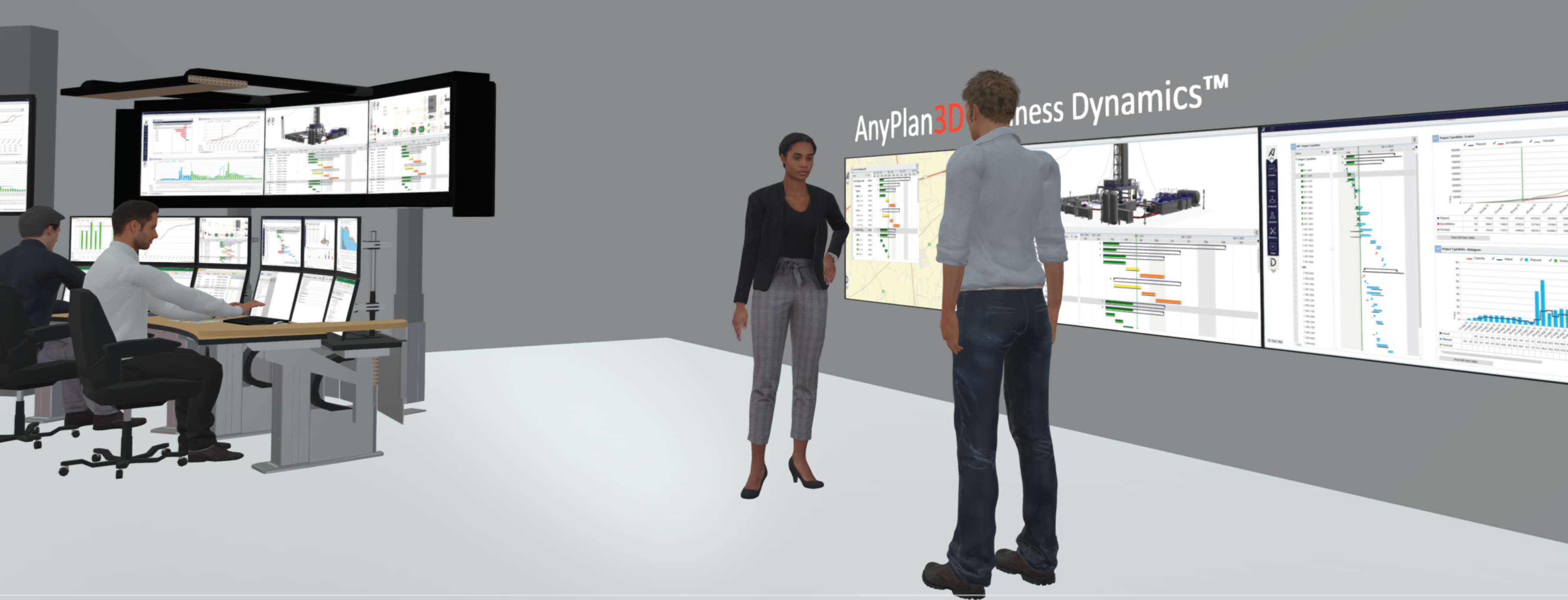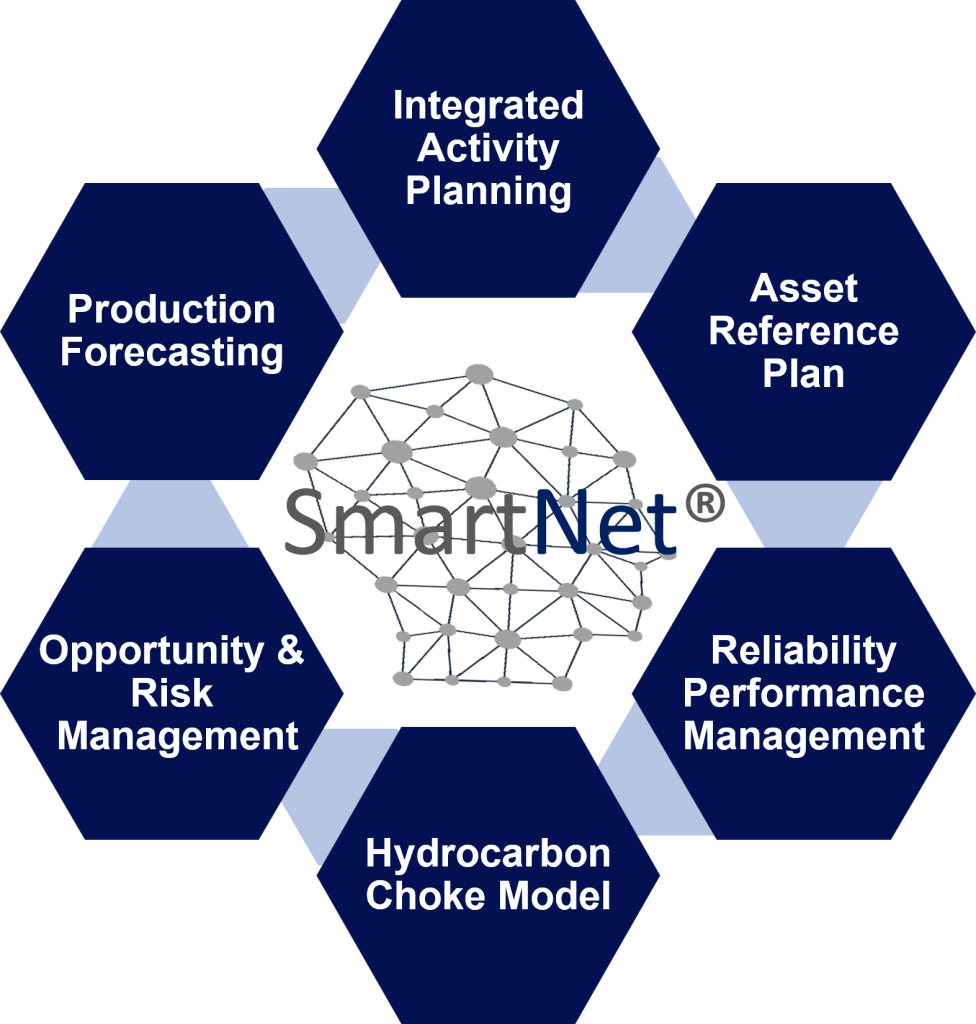The energy sector is in a state of constant evolution as it navigates changing supply, demand, technology, regulation, customer preferences and other influencing factors. Energy companies are being challenged to adapt quickly into this changing ecosystem. There is evidence that investment is being made in developments as Gartner predicts that global IT spending in the energy and utilities market will reach an estimated $223.7 billion by 2025.
To secure a good ROI for investment in innovation, business leaders need to keep their finger on the pulse of energy sector trends. Three trends making waves in the energy sector are Net Zero, generative AI, algorithmic trading and hydrogen usage. Here’s what to expect from these emerging trends.
Short-term trends in the energy sector
Generative AI
Generative AI has taken the world by storm. This year spending on AI will reach $154 billion and by only 2026 will hit $300bn. Considering how much the energy sector can benefit from data-driven insights, there are industry-specific applications and benefits to the advancement of generative AI.
Up-to-date industry knowledge is essential to success within the energy sector. That often leads to the creation of an overwhelming amount of documentation. Generative AI can act as an advanced chatbot to ease the overwhelm. Whether an employee is looking through a user manual to help them get to grips with a new program or an analyst is looking to identify trends from big datasets, documentation can be processed by generative AI to draw conclusions and give data-based responses to inputs.
One of the leading solutions in the market used by major companies is Dolffia (by NTT DATA). This is a generative AI tool that processes documentation to glean insights without losing the reasoning and accuracy behind document analysis.
As generative AI can handle large unstructured datasets, it can support the more complex processes involved in energy-based businesses, importantly within the area of decarbonization. Generative AI can process the data in documentation and datasets for the optimization of energy in terms of grid management, storage and meeting changing demands. This reduces significantly the waste of limited supplies.
Algorithmic trading
Ensuring profitability in the trading market takes skill as supplies and prices are subject to volatility based on market background. This is true now more than ever with the introduction of a preference for renewable energy which is infamously a harder energy source to predict the supply levels of. With such a volatile energy trading market, suppliers and buyers can benefit from the emerging trend of algorithmic trading. Already some European power markets have identified over 65% of trades as algorithmic.
It’s very similar to the algorithms used on the stock market in a sense that instead of trades being made manually, they are made automatically by programmed computers. This can lead to quicker and better decision-making as reasoning is purely data-driven. It works by the company setting a strategy and defining the parameters such as the outcome they are aiming for and high and low limits for pricing. Then the algorithm uses the given inputs and real-time information to trade on the energy market.
The range of data the algorithm can analyze before making a trading decision increases efficiency, reliability and ultimately profitability. As well as accessing real-time market data, it will automatically consider energy supply and demand forecasts, weather patterns and other fundamental data to make the best possible decision with the given parameters. This creates the capacity to trade on multiple markets, 24/7, without the risk of human error, and with speedy processing to re-calibrate changes so companies can make the most of every opportunity.
Business leaders looking for intelligent tools like the cutting-edge technology behind algorithmic trading would benefit from Vertical Power, NTT DATA’s energy management solution for the short-term electricity market. The vertical and integrative tool provides a view of the entire value chain, from the management of the portfolio of generation and consumption assets to the execution of the settlement and billing processes.
Long-term trends in the energy sector
Net Zero
The task of achieving carbon neutrality within the impending two decades is a complex undertaking that necessitates an intricate blend of strategies.
The initial and most urgent phase in this transformative process involves transitioning from carbon-intensive fuels, including coal and oil, to cleaner, sustainable alternatives. A widespread conversion to natural gas signifies a critical interim measure in the trajectory towards renewables, reducing emissions from existing engines whilst mitigating the requirement for a comprehensive infrastructure redesign.
Moreover, the potential of biogas as a renewable energy source warrants serious consideration. Sourced from plant and animal waste, its compatibility with existing technology and low environmental impact position biogas as a feasible component in the pathway towards carbon neutrality, enabling a smooth transition and optimizing the recycling potential of organic waste.
Augmenting the capacity of renewable energy generation is another key aspect of the decarbonization agenda. However, due to the inherently unpredictable nature of resources like wind and solar power, this strategy necessitates substantial investments in surplus capacity, ensuring full coverage of demand even amid natural resource fluctuations.
Energy storage technologies, specifically batteries, represent a cornerstone in optimizing the efficiency and accessibility of renewable power. By reconciling the mismatch between generation and supply times, batteries contribute to energy grid stability, guaranteeing that clean power is consistently available in a timely and geographically suitable manner, thus reducing energy waste.
Lastly, we focus on the nascent hydrogen economy, which exhibits significant potential as a universally applicable, clean fuel source, particularly for heavy industrial sectors. However, realizing this potential is contingent upon surmounting numerous technical and regulatory hurdles. If leveraged appropriately, hydrogen could emerge as an indispensable component of the solution for attaining our mid-term goals, provided concerted efforts are intensified to render this a practicable reality.
Hydrogen as an energy source
Hydrogen is forging a new path as reports indicate that the global hydrogen market size is expected to reach $2.5 trillion by 2050. While hydrogen has been a useful resource in industrial processes for decades, its application in decarbonization and the transition to renewable energy has been limited due to its logistical challenges of transportation and storage. That is changing and more investment is being made in hydrogen as a power source.
Hydrogen can be stored in the short term to be used as a buffer to meet high demands and low supplies in alignment with environmental impact initiatives as hydrogen can be produced from renewable sources. We are also seeing the introduction of hydrogen-gas turbines which will be applied to the aviation and shipping industries as a transition to environmentally-friendly alternatives for heavy transportation. This follows on from its application in the light transport industry with fuel cells being used in buses and cars.
The role of hydrogen in the energy sector’s efforts to reduce carbon emissions is still being developed so is not yet at maturity. Its full impact is still to be determined. The evolution of hydrogen usage is definitely a trend to keep an eye on.
Seizing trends
The changing environment of the energy sector has created new opportunities for growth for agile energy enterprises that are willing to be ahead of the curve. Generative AI can increase speed and accuracy. Algorithmic trading can stabilize profitability. Hydrogen can ease the transition from relying on fossil fuels to relying on environmentally-friendly energy sources.
As we venture further into 2023 and beyond, one thing is clear: the energy sector’s future will be shaped by technological innovation, sustainable solutions, and those bold enough to ride the wave of these groundbreaking changes. Embrace the transformation – the future of energy is here, and it’s brighter, smarter, and greener than ever.



